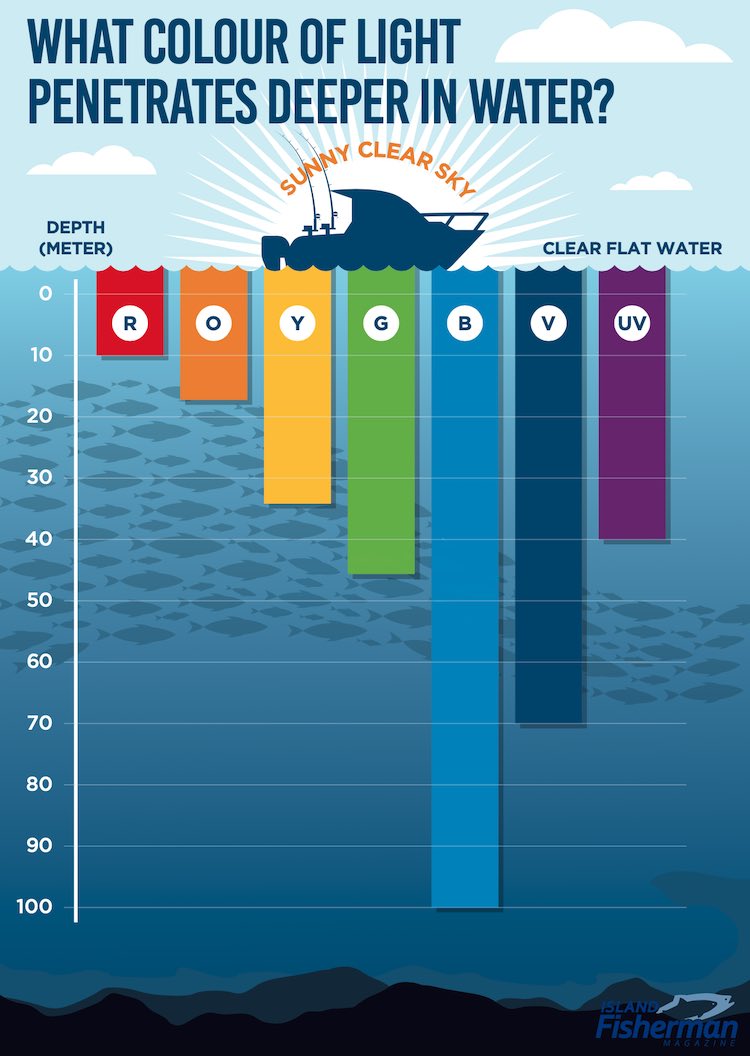Fluorocarbon v Monofilament

Selecting the appropriate fishing line—whether fluorocarbon or monofilament—requires an understanding of their distinct characteristics, tailored to the specific fishing scenario. Fluorocarbon, celebrated for its near-invisibility underwater, becomes the line of choice when transparency is paramount. This attribute proves invaluable in clear water conditions, where fish
are easily spooked, and a stealthy presentation is crucial. The refractive index of fluorocarbon closely mimics that of water, rendering it inconspicuous to fish and increasing the likelihood of attracting more bites. Anglers who engage in finesse fishing or pursue species renowned for their wariness often find fluorocarbon to be a game-changer.
maintain their action effectively. Additionally, the stretch in monofilament proves advantageous when using certain techniques like crankbait fishing, providing a level of forgiveness that can prevent hooks from tearing out during a sudden strike.
The choice between fluorocarbon and monofilament becomes pivotal when considering shock absorption. Monofilament's inherent stretch makes it an excellent candidate for scenarios where shock absorption is crucial, such as trolling or when targeting hard-hitting species that may make powerful runs. The extra flexibility in monofilament serves as a cushion, reducing the risk of breaking the line under intense pressure.
Understanding the fishing environment and the behavior of the target species is paramount in making the right line selection. In situations where the primary goal is to remain unseen underwater, fluorocarbon takes the lead. Its low visibility and excellent abrasion resistance make it a preferred choice when finesse and precision are required. In contrast, when versatility and forgiveness are key, monofilament steps into the spotlight.
Ultimately, successful anglers often carry a variety of lines in their arsenal, recognizing that each has its own strengths suited to specific conditions. Adapting to the demands of the fishing scenario, whether it be the clarity of the water, the behavior of the fish, or the type of lures employed, allows anglers to optimize their chances of success and enhance their overall fishing experience.


 In the realm of fishing, especially tournament fishing, confidence plays a pivotal role in shaping an angler's approach. It fosters patience by encouraging anglers to persistently work their preferred lure, meticulously altering retrieval styles, depths, and presentations. This persistence becomes crucial, particularly when faced with challenging conditions or sluggish fish activity.
In the realm of fishing, especially tournament fishing, confidence plays a pivotal role in shaping an angler's approach. It fosters patience by encouraging anglers to persistently work their preferred lure, meticulously altering retrieval styles, depths, and presentations. This persistence becomes crucial, particularly when faced with challenging conditions or sluggish fish activity. Begin by utilizing the high-resolution satellite imagery on Google Earth to survey nearby bodies of water. Look for lakes, rivers, ponds, or coastlines that exhibit features indicative of fish habitats. Pay close attention to visible structures such as submerged vegetation, rocky outcrops, drop-offs, and shallow areas, as these are known to attract fish.
Begin by utilizing the high-resolution satellite imagery on Google Earth to survey nearby bodies of water. Look for lakes, rivers, ponds, or coastlines that exhibit features indicative of fish habitats. Pay close attention to visible structures such as submerged vegetation, rocky outcrops, drop-offs, and shallow areas, as these are known to attract fish.
